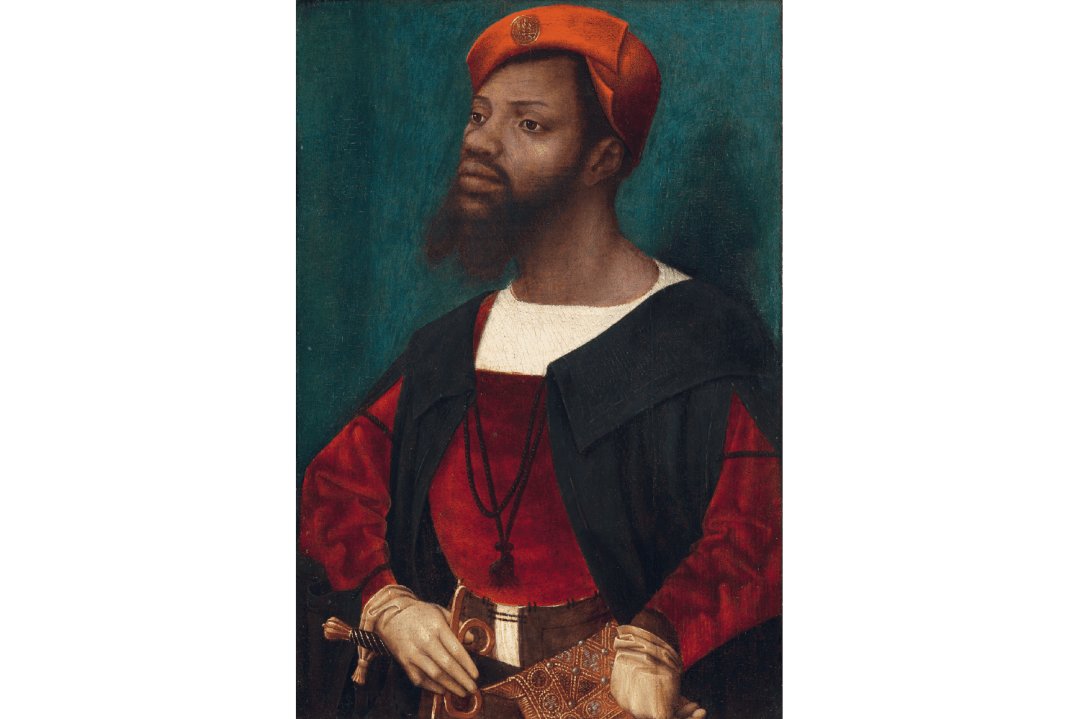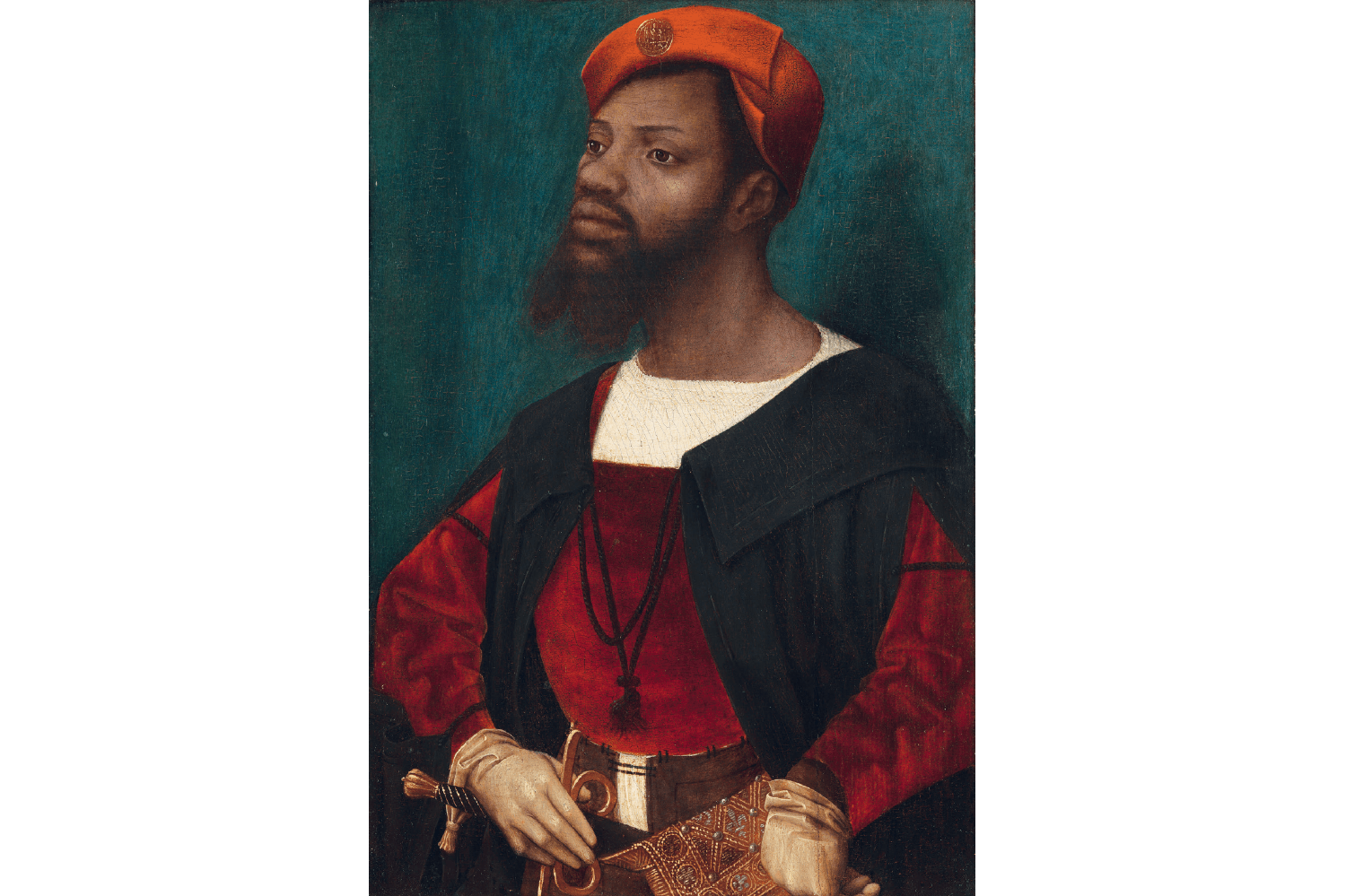What happens when a museum outlives the worldview of its founder? For publicly funded museums with collections amassed during the Empire that no longer reflect the perspectives of a post-imperial multiracial audience, it’s a difficult question.
For the Fitzwilliam Museum, there’s an added embarrassment: the £100,000 bequest from Richard, 7th Viscount Fitzwilliam with which it was endowed and built in 1816, was based on an inheritance from the Anglo-Dutch merchant Matthew Decker, Fitzwilliam’s grandfather and a founding director of the South Sea Company that transported more than 50,000 captured Africans across the Atlantic in the first half of the 18th century. Worse, interest on the endowment still contributes to the museum’s funding. Is it ‘woke’ to be concerned about this? No. The question is what to do about it.
The collection had to be made to tell a different story from the one taken as gospel by its founder
After the dunking of Colston’s statue in Bristol Harbour, it was felt that a full confession wouldn’t be enough; the collection had to be made to tell a different story from the one taken as gospel by its founder.

Get Britain's best politics newsletters
Register to get The Spectator's insight and opinion straight to your inbox. You can then read two free articles each week.
Already a subscriber? Log in








Comments
Join the debate for just $5 for 3 months
Be part of the conversation with other Spectator readers by getting your first three months for $5.
UNLOCK ACCESS Just $5 for 3 monthsAlready a subscriber? Log in